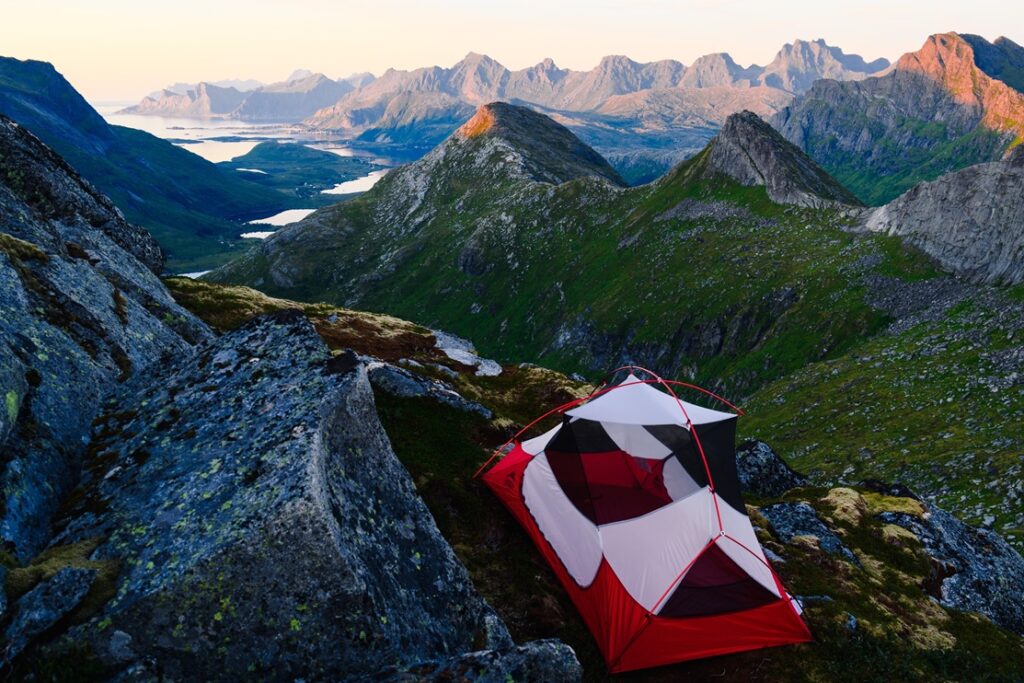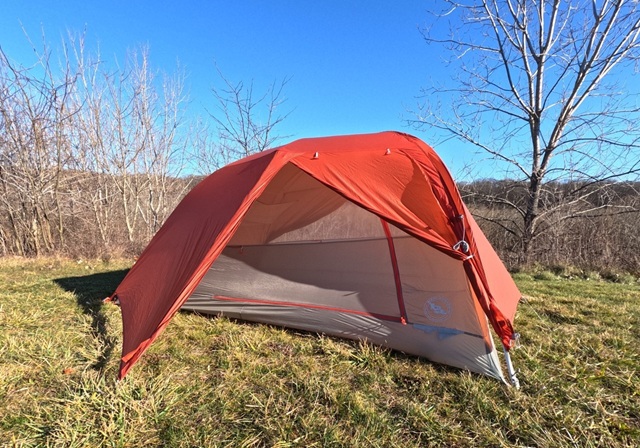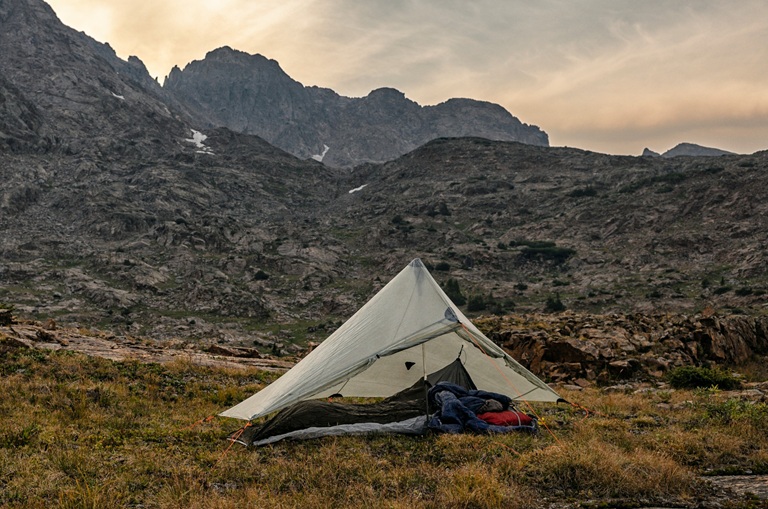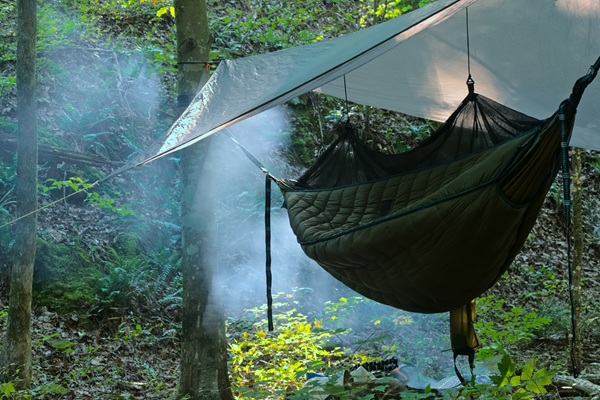Learn about Backpacking Tents, Hammocks, and Other Shelters

Table of Contents
Sweet Spot Recommendations
For most beginner budget backpackers, I recommend a 3-season, double-wall, free-standing or semi-freestanding tent.
If you feel you must use a lighter shelter, I recommend a single-wall trekking-pole tent with side mesh panels or equivalent means of removing condensation.
Types of Shelters
Main types of shelters:
- Tents
- Tarp systems
- Hammock systems
- Bivy sacks (bivy bags)
- Bivy shelters
Shelter Weight
Aim for a shelter that weighs under 4 pounds and preferably under 3 pounds.
Shelter Fabrics
Most tent and tarp fabrics are made of woven nylon or polyester fiber. The fabrics can be coated with polyurethane, polyethylene, or silicone to make them waterproof. Silnylon is nylon impregnated with silicone to increase toughness and water resistance. Some high-end ultralight tents are made of Dyneema Composite Fabric (DCF), also called Cuben fiber.
The heavier the fabric’s fiber weight, the greater its strength and abrasion resistance. Fiber weight is measured in deniers (D), which are the weight in grams of 9,000 meters of the fiber. Most tent fabrics are 20D to 40D nylon. Most ultralight silnylon tents are made of 10-20D silnylon. Many DCF tents are made of 5-10D DCF. My Big Agnes Fly Creek HV UL2 has a 20D floor and a 15D rainfly.



